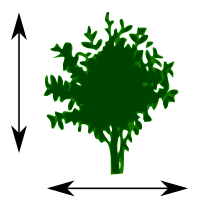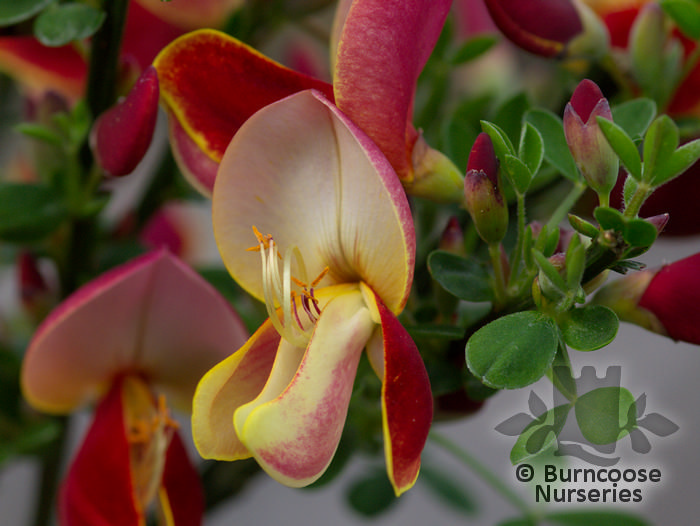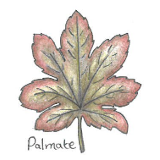Plants by mail order since 1984, over 4100 plants online today
Nursery & Gardens open: Mon - Sat 8:30 - 17:00 & Sun 10:00 - 16:00
Pop up café: open weather dependent
- Shop Now
- Burncoose Specialities
- This Month
- Offers & Promotions
- RHS Chelsea Flower Show 2024
- 40 years at Burncoose
- Engage With Us
- Information, Help & Advice
- About Us & Our Services
- Terms & Conditions
- Log In / Register
CYTISUS scoparius 'Andreanus'
Commonly known as Common broom
Dark red and yellow flowers
Further Reading....
-
Deciduous
-
EvergreenIn milder climates. Usually 3-palmate leaves 1-2cm (½-¾in) long.
-
 Bicolor
Bicolor -
 Red
Red -
 Yellow
Yellow -
 Height1.5m (5ft)
Height1.5m (5ft) -
 Spread1.5m (5ft)
Spread1.5m (5ft) -
Medium shrubTypically grow to around 4-6 feet in heightUpright shrub with slender, arching shoots. Abundant flowers, 1.5-2.5cm (½-1in) long, in axillary clusters.
-
 Hardy - cold winterHardy in most places throughout the UK even in severe winters. May not withstand open/exposed sites or central/northern locations. Plant can withstand temperatures down to -15°C (5°F)
Hardy - cold winterHardy in most places throughout the UK even in severe winters. May not withstand open/exposed sites or central/northern locations. Plant can withstand temperatures down to -15°C (5°F) -
 Full sun
Full sun
CYTISUS scoparius 'Andreanus'
- Details
- Description
- Mature Size
- Tips and Advice
- Goes Well With
- Planting Combinations
- Other Suggestions
- See Also...
-
Additional Features
 Good to knowCultivar of the native broom. Wildlife plant - bees.
Good to knowCultivar of the native broom. Wildlife plant - bees. Pests & DiseasesGall mites.
Pests & DiseasesGall mites. Place of originWestern Europe
Place of originWestern Europe -
Garden Location/ConditionsBorderSuitable for a shrub borderCoastal / windsweptSuitable for open site, slightly back from the sea
-
HardinessFully hardy
-
Leaf form
 Palmate
Palmate(see photos above) -
Scented PlantsScented flowers
-
Seasonal InterestSummer
-
Soil ConditionsMedium to light, fertile, well drained soil
-
Toxic - Category C
 Harmful if eatenPeople and pets, i.e. cats, dogs, rabbits, rodents, notably dogs
Harmful if eatenPeople and pets, i.e. cats, dogs, rabbits, rodents, notably dogs -
Wildlife
 Bee friendlyRabbit Resistant
Bee friendlyRabbit Resistant
Jan
Feb
Mar
Apr
May
Jun
Jul
Aug
Sep
Oct
Nov
Dec
Cytisus - Growing Guide
|
1.5m (5ft)
|

|

|
|
1.5m (5ft) |
Useful extras...

Fertilisers & Feeds - Vitax
Q4 Pelleted Fertiliser
A useful fertiliser suitable for use on a wide variety of plants. Q4 provides all the nutrients and trace elements essential for vigorous growth, abundant flowering and ripening of fruit.
3 options from £6.00

Fertilisers & Feeds - Empathy
Rootgrow mycorrhizal fungi
Recommended by the RHS. Contains Rootgrow™ mycorrhizal fungi. Suitable for all trees and shrubs (except rhododendrons, azaleas, heathers, cranberries and blueberries)
3 options from £3.00

Fertilisers & Feeds - Empathy
All-purpose Seaweed Stimulant
All-purpose organic concentrated seaweed feed that is a ready to use, derived from sustainable harvested kelp, that can be used on all outdoor and indoor plants, except acid loving plants.
Perfect used in conjunction with Rootgrow™.
Only £7.50
























